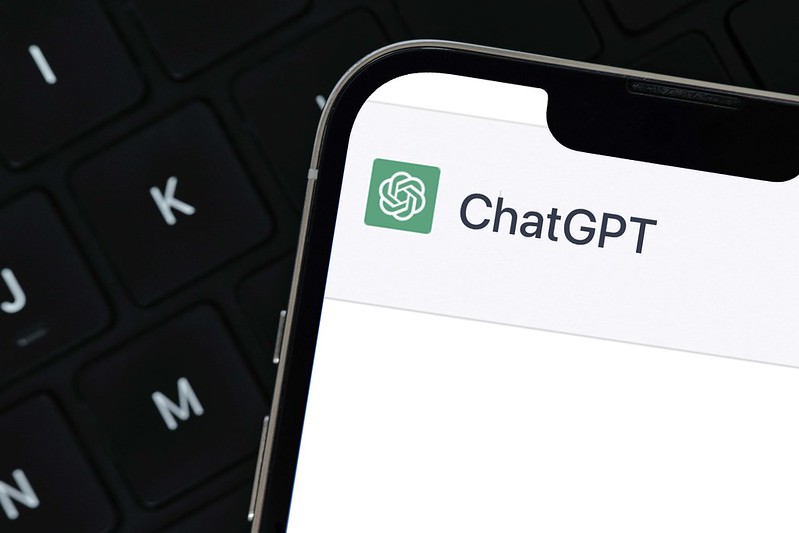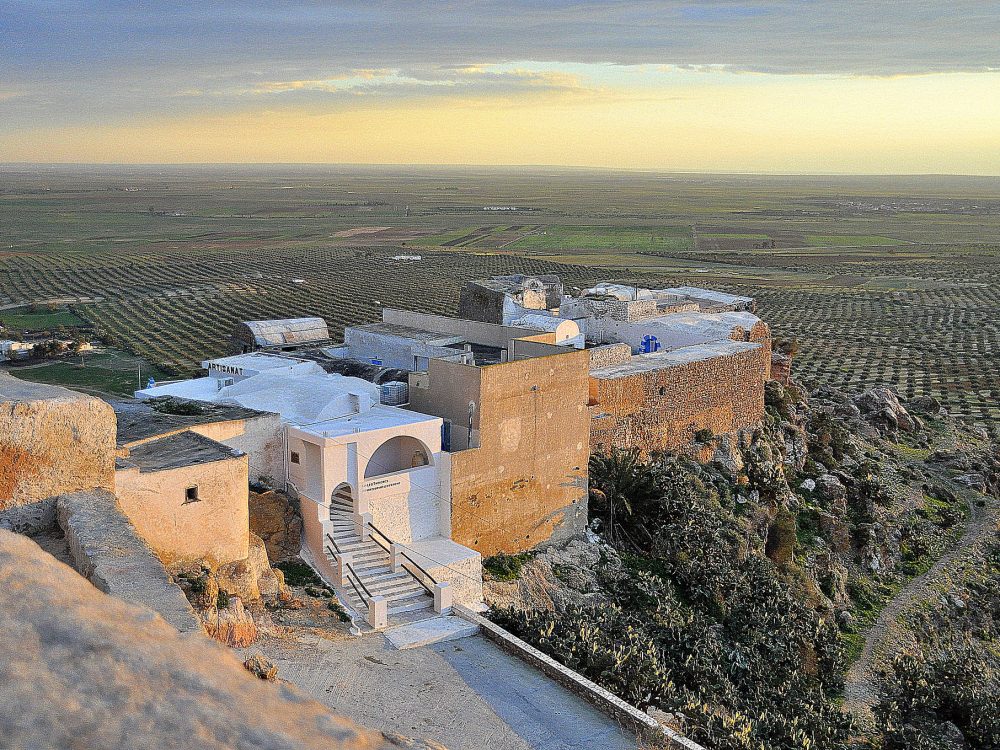Dear Gov Citizen Engagement Videos: Our Knight News Challenge Entry’
I am Taryn Davis and I’ve entered Development Gateway into the Knight News Challenge with my “Dear Gov” idea. We want to enable citizens of Nepal to interact with government by introducing them to mapped development projects within their community and develop a platform to display citizen feedback and 15 second “Dear Gov” videos layered with the mapped project info.
The Knight News Challenge Submission
My introduction to open data began as a student at Brigham Young University. As a Research Assistant I coded foreign aid project documents to help create the open database at AidData.org. I saw the benefits as researchers were able to use the data to explore topics such whether aid decreases terrorism and whether aid targeted at specific sectors, such as education, is more effective than others.
Last year, I had the opportunity to be a Development Gateway Aid Management Fellow where I worked with the Ministry of Planning and Investment for the Government of Laos to help them use the data available in their Aid Management Platform for planning.
When the Director of the Aid Effectiveness Division wanted to explore projects that had extended past their projected closed date, I helped him analyze how many projects were over-extending and for how long, the undisbursed balance of the projects, and the average disbursement rate. From there the Government of Laos could begin to figure out why these projects were behind, and what affect that might be having on the development process for Laos.
However, even though researchers, governments, and donors have increasingly gained access to this information, the very citizens who are most affected by these projects and are meant to benefit by it are still the farthest from it. I want to change that.
1. Geocode Development Projects
Currently, Development Gateway is working with the Government of Nepal to geocode all the development projects in their aid management system, including projects on government budget. The output of this will be an interactive map of development projects, including projects on the government budget.
In addition, coding of project contracts is being done, which will allow for more granular project information and detail that has not been available in other countries. This information will also be made open on a public platform. However, just because this information is open doesn’t mean citizens are aware of it. And if they are, there is currently no process or physical space for them to provide a response to the government.
2. Focus on the Education Sector
We at Development Gateway have heard what researchers, government and donors have to say about this data, but now we want to know what the citizens would say after being able to scrutinize the development down the street.
Like many developing countries, education is a principal issue in Nepal. The adult literacy rate for the entire country rested at 60% in 2010 (Worlddata Bank). In the last year, $205,306,206 in aid was spent on the education sector throughout Nepal, all of which was considered “on budget” aid. Meaning, all of the financing was reported on the Government of Nepal’s budget documentation(Cabri).
It is widely recognized that a solid education is paramount in personal, community, and national development. The Government of Nepal plays an important role in maintaining the bright hope that if you teach a man to fish, he will never go hungry again. With that said, this project will focus education in Nepal to examine its progress through the point of view of the students, teachers, and parents, as well as other community members.
3. Involve Communities
Using the geocoded map we will select two communities, one outside of the capital, that have a high density of education projects. Within these communities we want to work through the local school systems to organize workshops to introduce the local community to the mapped project information.
Providing this information through maps gives viewers a visual point of reference that is easy to understand and build from. Development Gateway representatives who specialize in analysis of this data, along with our partner Freedom Forum, will prepare interactive workshops that will show citizens how to personally analyze the information and what they can take away from it.
Freedom Forum, a non-profit organization based in Kathmandu, Nepal, have ample experience throughout the country engaging citizens and media through workshops, seminars, literature and the like to promote initiatives such as the Right to Information, public financial management and aid transparency.
These workshops will be divided into different sessions at each location. One will be held with students and a separate session with parents, teachers, and other community members. This will enable youth voices to be shared without the possible overshadow of their parent’s and teacher’s opinion.
After participants have gained a full understanding of the presented information, discussions will be led concerning the projects, consequences good and bad, what gaps have yet to be filled, and how well they believe their government is responding to these issues. Questions will include a more broad focus such as, “In what ways do you see government succeeding to improve the education system,” as well as questions directed towards specific projects in the area.
4. Create “Dear Gov” Videos
Info-mediaries will help record each individual’s feedback into a defined format. On top of that, each participant will have a chance to summarize their main point into a 15 second “Dear Gov,” video. While many people might not initially take the time to read someone stranger’s written feedback, a precise video quickly illuminates a face, a voice and an issue. A video can spark interest and emotion. It can persuade viewers to read on, to consider, and then respond. A simple video attaches a person to the opinion.
The videos and feedback will then be published on a public platform and layered onto the previously geocoded maps. This enables viewers, including government, to see the areas where the feedback is coming from, and the education projects ongoing, as well as completed, within those areas. This creates the visual link between the respondent and the project.
To ensure that it is not only these two communities that are made aware of the available information and able to respond to it, we will invite local and internationally accredited journalists to the workshops to report on the project information presented, as well as what the citizens are saying in return. We want to amplify citizen voices beyond just their community.
Other visitors to the public site will also be able to add their feedback on the projects and development progress in their community. This will create a continued space where citizen voices in Nepal can be heard. In addition, a mobile app will be created to allow mobile users quick and easy access to this information, as well as be able to provide feedback and upload their own video on-spot. Allowing for real-time feedback and videos on location.
5. Analyze Impact
To learn from this process, we will follow-up with the initial communities we connected with six months after the workshops to explore the impact of the feedback. This will allow us to gauge any necessary changes to the process and possibilities for expanding the program. The project will partially be an exploratory process to learn how useful citizens find the information we can provide them with, and in what form they find it most useful.
The overall goal of this project is to empower citizens by providing them with information that has traditionally been available to only government and partner agencies, and provide them with a platform where they can be an active voice.
Government, as well as the public, will then have access to the citizen’s feedback concerning the progress of education in these communities, or lack thereof, and be able to respond to it and integrate this feedback into their future planning. It puts into play a boomerang where there once was a ball. What was originally thrown long as a hopeful touchdown is now able to return to the original source and report on the progress made and the distance to go.
Share This Post
Related from our library

How useful is AI for development? Three things we learned from conversations with development experts
The development world is buzzing with excitement over the idea that new and emerging applications of artificial intelligence (AI) can supercharge economic growth, accelerate climate change mitigation, improve healthcare in rural areas, reduce inequalities, and more. But what does this look like in real life?

At a Glance | Tracking Climate Finance in Africa: Political and Technical Insights on Building Sustainable Digital Public Goods
In order to combat the effects of climate change, financing is needed to fund effective climate fighting strategies. Our white paper, “Tracking Climate Finance in Africa: Political and Technical Insights on Building Sustainable Digital Public Goods,” explores the importance of climate finance tracking, common barriers to establishing climate finance tracking systems, and five insights on developing climate finance tracking systems.

Du côté de l’Afrique Francophone et des Caraïbes
Development Gateway travaille aussi dans les pays francophones d'Afrique et des Caraïbes depuis 2007. Nous mettons à profit notre expertise technique et développons des outils, des processus et des analyses multilingues personnalisés pour soutenir les efforts de nos partenaires à obtenir de meilleurs résultats dans plusieurs secteurs, notamment l'assistance au développement, l'agriculture, les industries extractives et la santé. Ce bulletin d'information revient sur la présence de DG dans les pays francophones.